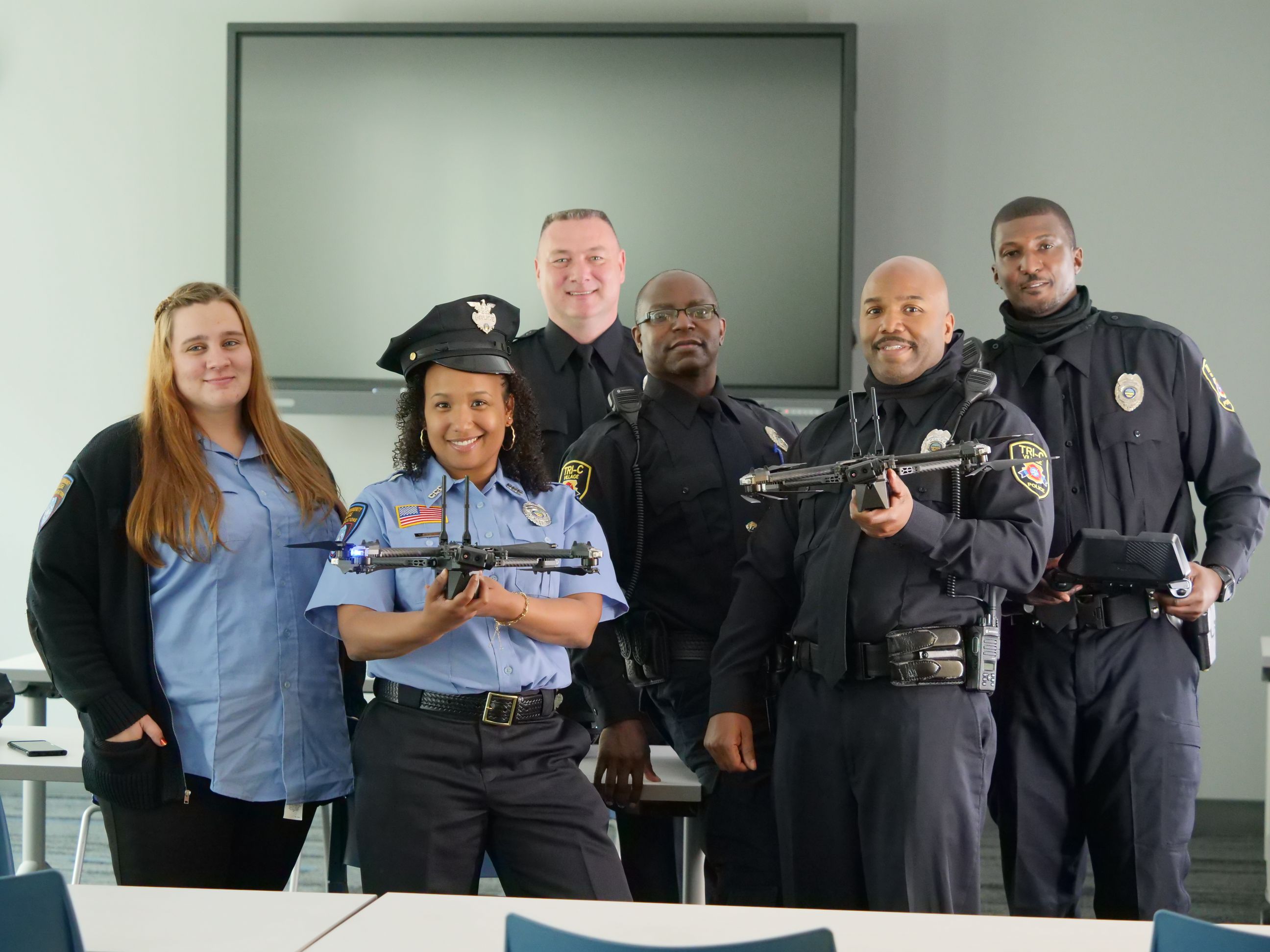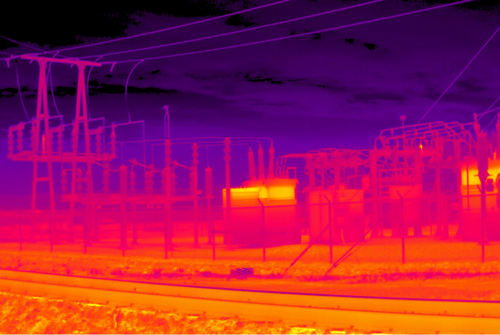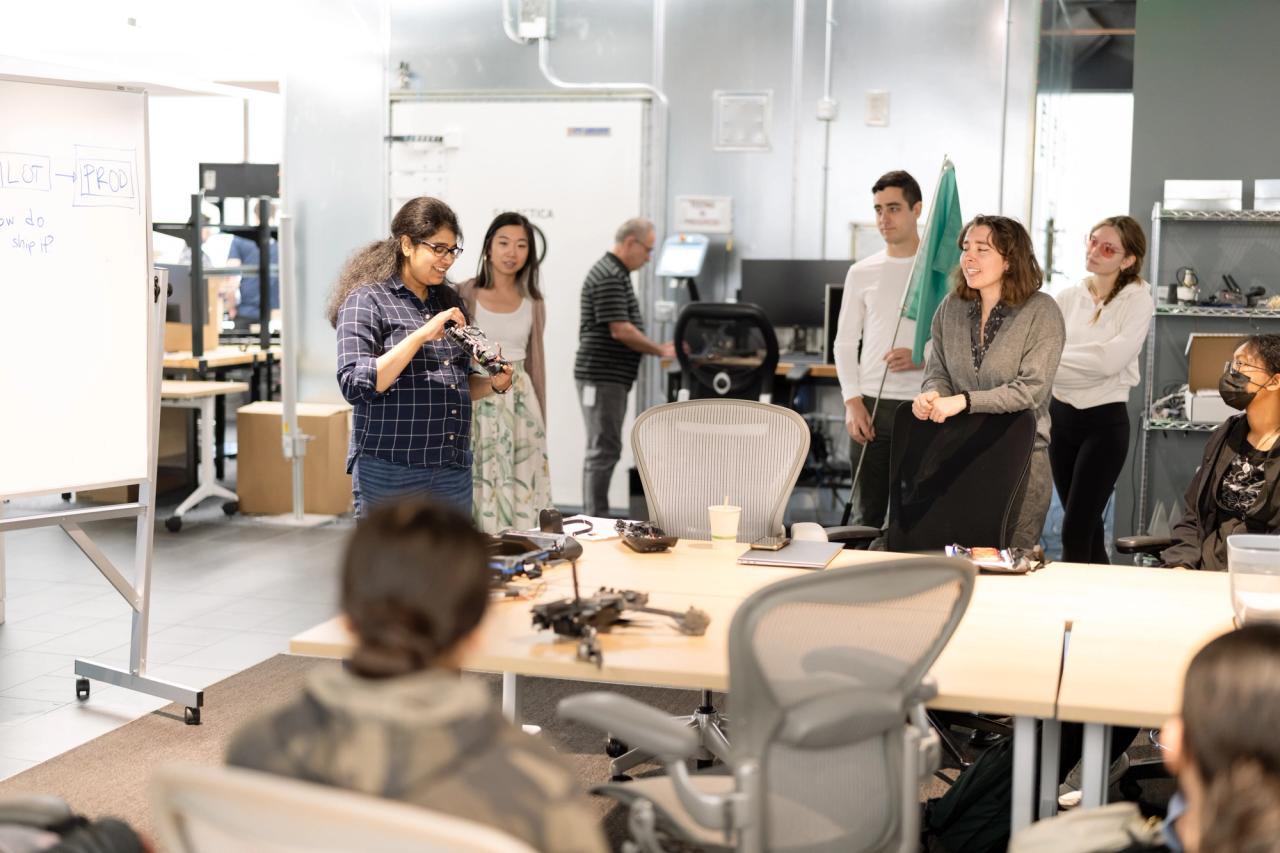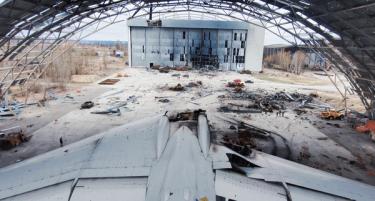Drones in schools can be a revolutionizing education tool, as well as an additional asset for campus safety. As technology advances, drones are becoming more accessible and affordable to institutions looking to adopt ground-breaking new technologies, including AI-enhanced autonomous drones.
In fact, drones have become an incredibly valuable tool for campuses looking to enhance teaching, learning, research, and even student safety. In this article, we will explore how drones are currently being used on campuses across higher education in a variety of departments and diverse use-cases.
Drone Education
Drones are a fascinating topic for students, and teaching them about drones can be an excellent way to engage them in new technologies. Students can learn about the different types of drones, their uses, and how to fly them. Additionally, students can learn about the Federal Aviation Administration's (FAA) Part 107 license, which is required to operate a drone for commercial purposes.
This education can help prepare students for future careers in the rapidly growing drone industry which is expected to grow by $21.01 billion by 2025. By incorporating drones into the classroom, educators can provide students with hands-on drone experience and prepare them for the autonomous future.
Matthew Schneider, a student majoring in Unmanned Aerial Systems, is an example of a student who will graduate with a portfolio of hands on experience from Purdue University. Joe Hupy, who leads Purdue Universities UAS Program, trains students how to utilize UAS as geospatial collection tool, covering the end-to-end approach, giving students the tools and experience they need to be successful in their careers.
Drones like Skydio 2+ and Skydio X2 are equipped with highly advanced computers, cameras, and refined autonomous software like Skydio 3D Scan, enabling students to explore the possibilities of AI-powered drones unlike ever before. AI-enhanced Skydio drones are able to autonomously capture the data needed to create 3D models, or digital twins, all while avoiding obstacles all on their own.
“Everyone's seen a drone before, but they haven't seen the X2E. That is something that is off the charts more than anything that's been flown on that property. I'm flying at a low altitude, it [Skydio X2E] does the scan and it does it in about six minutes. It was fast.”
Emily Hedrick
Assistant Professor, Utah Valley University
Campus Security and Public Safety
Drones are increasingly being used for public safety purposes on college campuses. Docked drones for perimeter patrol, campus police, public safety training programs, campus security, and dock-based autonomous drones responding to campus incidents providing real-time situational awareness are all examples of how drones are being used to improve public safety on college campuses.

According to a report from the National Center for Education Statistics, schools spent $3 billion on security in 2017-2018. Drones can provide an efficient and cost-effective solution to improve campus security.
Skydio Dock can be used to deploy autonomous drones that perform perimeter patrols of a school, providing a 24/7 surveillance system. Drones can also be used for public safety drone training programs, allowing first responders to practice emergency response scenarios in a safe and controlled environment.
“In November, we added 16 Skydio X2E drones to be used exclusively by our patrol officers. Most of the operators were new pilots. We put them through a week long school for classroom and hands on training. We required they pass the 107 test and our own flight testing before being issued a drone. It has been an overwhelming success."
Jason Bussert
Captain, OKCPD
Building Maintenance
Infrastructure maintenance on college campuses is another ideal use-case for drones. They can be used for construction project monitoring, surveying, and/or mapping of facilities for precise measurement, and routine inspection of infrastructure.
They also provide a safe and efficient way to inspect campus infrastructure both routinely and reactively, reducing the need for manual inspections and improving the accuracy of data collection. Drones equipped with thermal cameras can even detect energy leaks in buildings, helping to identify areas where energy efficiency can be improved.

The same drones can then be used for construction project monitoring, providing real-time updates on the progress of the project. This can help ensure that the project is completed on time and within budget. Imagine then utilizing the same drones in Docks for perimeter security that maximizes student safety and site security.
“With ground-based inspection, it takes the field team something like 2-3 weeks to work their way through the job site. With Skydios we could do that in a couple of days."
Dean Miller
Sundt Construction Engineer
Research
Drones have become powerful research tools on college campuses across a variety of departments and use cases. Drones provide researchers with a cost-effective solution, gaining a new perspective and allowing them to collect data and images that would be difficult or impossible to obtain otherwise.
For example, drones can be used for archeological research, providing an aerial view of excavation sites or, using an adaptive 3D mapping software on Skydio 2+ autonomously capturing the data needed for Digital Twins of the sites themselves, even indoors.
“I gotta say that X2E is a beast! I took some footage while we were there of us flying in the columbarium. I was able to use the 2D and 3D interior scans. The X2E did wonderfully in the lit areas. I thought for sure it was gonna crash into something. But the wicked hardware in that thing is incredible. The way it could weave in and out of the quarry, and get those columns in the low light. I never worried about it running into something… it just knew exactly where it was.”
Emily Hedrick
Assistant Professor, Utah Valley University

Drones are also being used in agriculture research to assist farmers in a variety of ways. They can be used to map large areas, create high-resolution maps of small areas and collect data on crops. This information can be used to identify and treat disease or pest infestations, where water is needed, as well as determine the best time for harvesting.
Students can use drones to develop and test new technologies, providing a safe and controlled environment for experimentation. Researchers can use them to map and collect data, which can be used for a variety of diverse applications.
Conclusion
As you can see, drones are becoming increasingly popular in education and on college campuses. They are being used for drone education, public safety, building maintenance, and research. By incorporating drones into the classroom, educators can engage students in STEM learning and prepare them for future careers in the drone industry.
Because of their unique benefits, drones have also become a cost-effective solution for improving campus security, as well as maintaining campus buildings and infrastructure. Drones are a valuable tool for researchers, providing a unique perspective and allowing them to collect data and images that would be difficult or impossible to obtain otherwise.
As the drone industry continues to grow, it is essential that educators and institutions keep up with the latest trends and technologies. By embracing drones, educators can provide students with valuable skills and prepare them for the future and keep them safe in the present.



